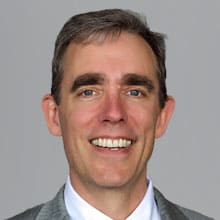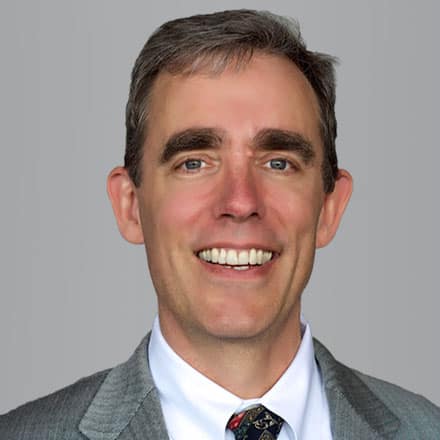Inside Angle
From 3M Health Information Systems
Looking for technology that helps clinicians be brilliant
Doctors work really hard to take care of their patients, but find the technology at their fingertips is more of an obstruction and friction than a resource. Natural language processing (NLP) can help unlock it as a resource.
Ideally when I document my interaction with a patient and the information I know about them, I should be able to send that data off, and various things should happen without further input from me. For instance, the diagnoses coding should happen from the natural language I used to describe what’s going on. If we had engines intelligent and quick enough to do this work, it would relieve me from picking numbers from lists and trying to learn coding language that is ultimately useless to me.
We have an opportunity to improve healthcare delivery in the United States and across the world by using vast quantities of data to better understand the care we’re delivering, the quality of that care, and opportunities for improvement.
Unstructured data:
An overwhelming majority of clinical information is not in a structured format that machines can use, so we have to either ignore it or begin to structure it. The information in an electronic medical record (EMR) is structured and precisely formatted, but relatively limited beyond general demographic clarifications. An example of unstructured data you can’t code is the fact that my patient is a smoker and I’ve advised them to quit but they’ve declined for various reasons.
Those reasons, whether they be religious objections to treatments or social support issues, are critically important to provide quality care. When we aggregate the sum of that inaccessible information, we have a missed opportunity in caring for people and a population segment. This untapped resource is a huge opportunity. If we can get to the unstructured data, I can begin to respond to regulatory requirements around quality reporting that, right now, add immense friction to a physician’s life.
If I can use technology to read unstructured data through NLP, I can respond to the reporting requirements. Additionally, I will have unleashed vast resources to improve the quality of the care I deliver because I now have more opportunities to see hidden patterns. This helps me understand where we have leverage to help people and populations achieve better outcomes.
Many clinical phrases can be said and reported various ways, such as complete heart block, heart block or electrical block in the heart. We can use technology to link all of these terms and understand the common idea behind them. We can use machines to extract that information and turn them into codes while simultaneously reporting it to the designated entities. This allows me to focus on the needs of my patients, rather than finding and picking from limited lists.
Registries
I believe the enhanced NLP we’re doing and growing can potentially enhance coding, but the greater potential is outside the coding universe. Enhanced NLP will change the way research is conducted, especially through registries. For example, in the American trauma registry, trauma surgeons and trauma researchers work together with that registry to understand advancing the best care possible for suffering patients. To do this, they ask all Level 1 trauma centers around the country to contribute information for every patient that meets the criteria. The list of detailed information around that criteria is quite long. They want to know the consequences, symptoms, interventions and therapies, in addition to other details such as what happened in the OR. It requires a significant amount of detail so a rich national database can be used to advance our understanding of how to deliver good care.
Realistically, it’s quite difficult to extract this information from medical records because a significant portion is unstructured. An operative note when a surgeon comes out of the OR and writes down details is information captured for that patient. It’s useful for that patient, but we miss the opportunity to understand advancing medicine if we can’t elegantly extract that information from this black box of a dictated note and use it to enhance research.
Facilities have registrars who do this abstraction work. The ease of their work depends on the engines they’re using and the probability that they’re going to have a complete and accurate set of data for each patient. A lot of hospitals recognize they could use help in terms of easing the work, so they can give data for more patients and enhance the accuracy of the data. There’s variability in the way people can find information hidden in the charts, abstract it and give it to the national database.
Big picture.
Hospitals look for ways to unburden their staff to improve productivity and accuracy. They would be very interested in further discussion about how we can help them do their work better and faster.
In my dream of dreams, I am looking for technology that helps an average clinician be brilliant, day after day, for their patients. Technology should be an enabler and make it easier for me to do my work.
L. Gordon Moore, MD, is senior medical director for Populations and Payment Solutions at 3M Health Information Systems.


